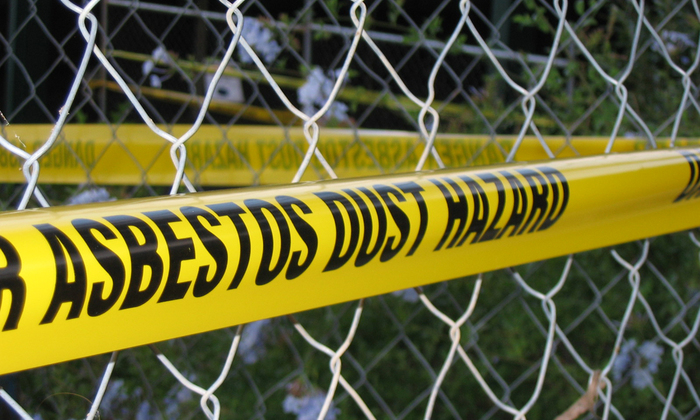Asbestos
Asbestos is a material that was commonly used in the manufacturing and construction industries between the 1950s and the 1980s. It is resistant to heat, fire, and chemicals and does not conduct electricity. Any building constructed before the 1980s is likely to contain asbestos in drywall, cement, insulation, floor and ceiling tiles, paint or roofing materials.
The dangers of asbestos
Asbestos does not pose a risk to health if it is undisturbed. However, when it is disturbed tiny asbestos fibres are released into the air. When the dust is breathed in, they can become trapped in the lungs causing scarring and inflammation. Exposure to asbestos has been linked to serious and potentially life-threatening conditions.
A fire in a building with asbestos containing materials will cause the asbestos to break down and asbestos fibres will be released into the air. This poses a real risk to firefighters and people in the local area exposed to the asbestos particles.
Asbestos fire safety precautions
The safest way to avoid asbestos exposure during or after a fire is to assume that any asbestos-containing materials have been damaged. Using appropriate personal protective clothing and respiratory protective equipment will protect against breathing in the asbestos particles. Spraying water on the fire site will make the particles heavier and less likely to become airborne.
Asbestos in the workplace
The Control of Asbestos Regulations 2012 means that if you’re responsible for maintenance of non-domestic premises, you have a “duty to manage” the asbestos in them, to protect anyone using or working in the premises from the risks to health that exposure to asbestos causes.


